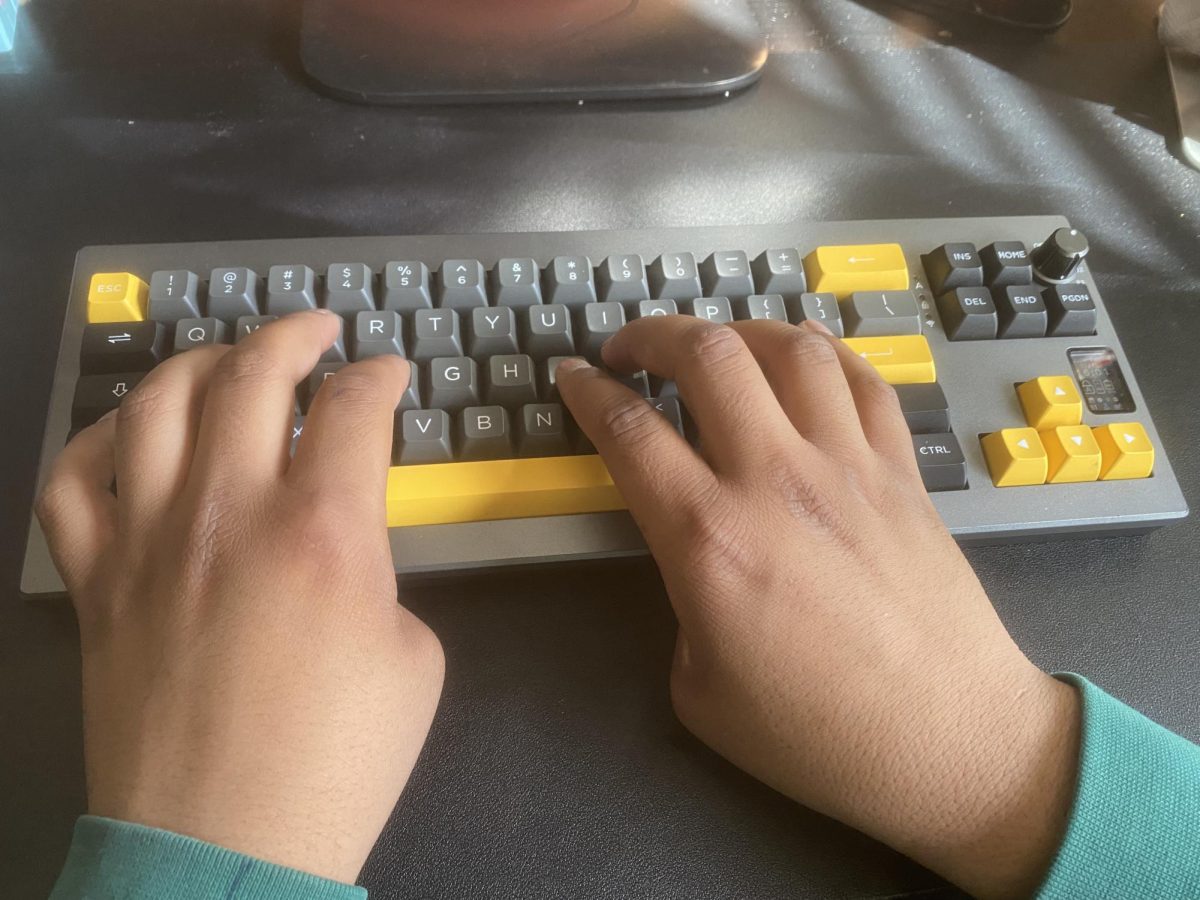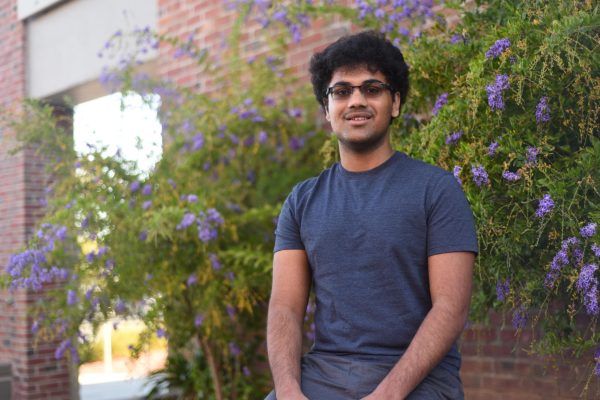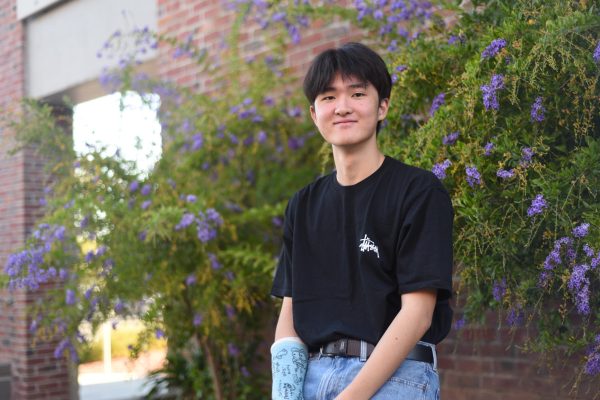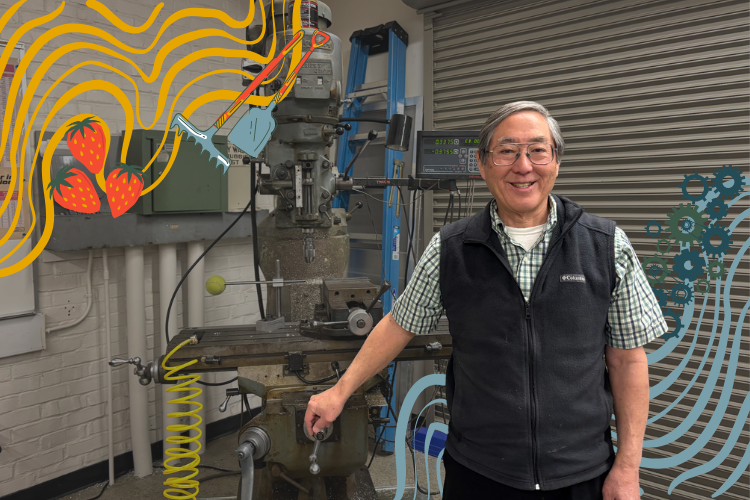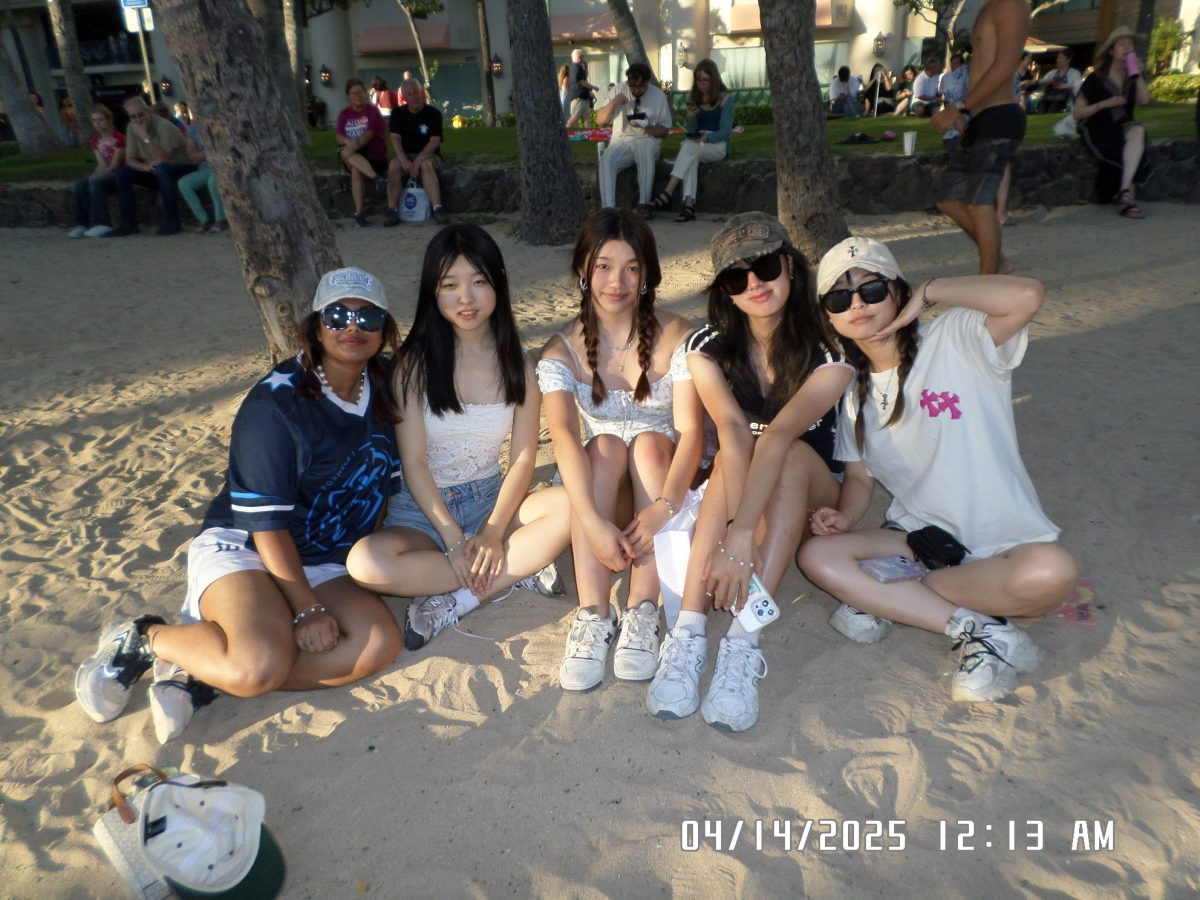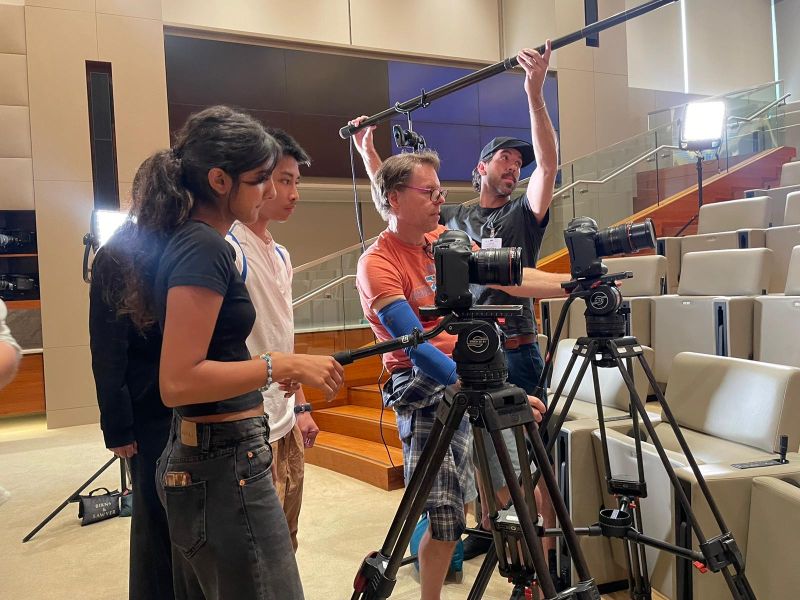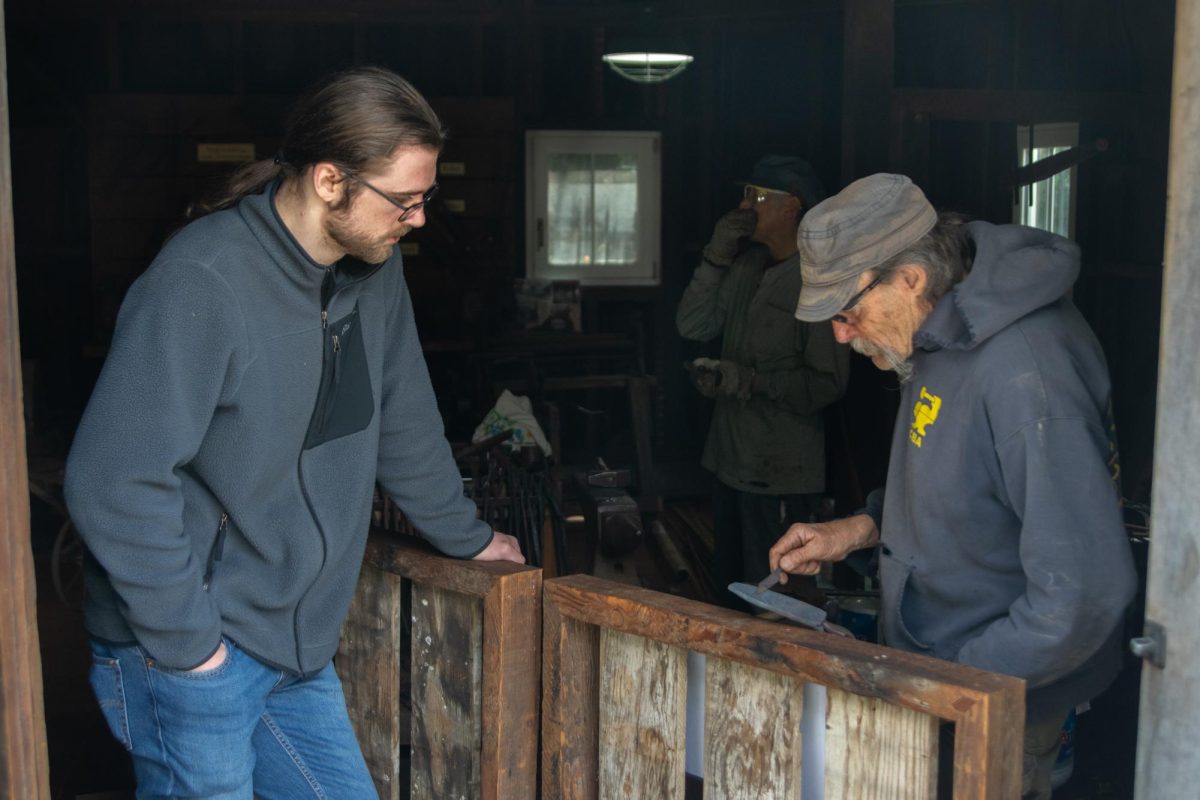EE: Hello. My name is Raj Thapliyal, and my name is Subin Ko. We are joined here by juniors Shivasharan Chaganti and Aditya Pulla, who both own an unofficial keyboard making business.
EE: The first question, where did you guys get the idea to start making keyboards?
SC: Back in middle school, I had my own solo keyboard business that I ran. It was relatively small scale because I refused to advertise. I had a couple of customers, and I made decent money and I loved making keyboards, so I decided to keep going with it. About two or three months ago, over the summer, me and Aditya were bored, so we started talking about keyboards because it was a shared passion, and from there we decided to start a keyboard business of our own.
EE: How did you guys get the passion for making keyboards?
SC: For me, there was really nothing else to do. I didn’t have much access to a lot of other stuff because of price barriers but I really liked Legos, but Legos were expensive, so I decided I’d just do keyboards. They’re a little bit more complicated to put together, but it’s fun trying to make your own customizations. Literally every single aspect in a keyboard is customizable, and I think that’s really cool.
AP: I built my first PC for a couple hundred dollars and I needed a new keyboard for it, so I just started researching for the keyboard.
EE: What is the general process for making a custom keyboard?
SC: The first thing you want to start off with is the switches. And when you’re looking at categories of switches, you’re looking at tactiles, linears, clickies, heavies and opticals. Let’s start off with the big two: reds and blues. The reds are our linear switches. What linear means is that there’s no interruption from when you begin pushing down on the key to the bottom of the key, when it actuates. There’s no bump, there’s no noise, there’s no clicking, it just goes straight down and up, it’s particularly used for gaming. Then you have blue switches. Blue switches are very clacky, and in my personal opinion quite annoying. They do give off a sound of a typewriter. Optical switches, in my opinion, are the coolest of them all — they work through magnets. Each optical switch has a little laser in it that determines where the key is being pressed. So that means you can set the actuation point of your key to any point within the action of pressing down that key, meaning if someone so much as breathes on a key, it’ll register as actuated.
AP: One thing about optical switches is that they don’t necessarily replace any switch type. There’s optical-linear, optical-tactile and optical-clicky. You’re putting a mouse laser instead of a pin, or registration.
SC: The switches probably have the greatest factor on how your keyboard is going to sound and feel. The next thing you want to worry about is the case: that is what is actually surrounding whatever you’re working with. Depending on what your case is made out of, sound could be absorbed very well and give a nice, thick sound, or it could give a nice, clacky sound. It depends on whatever you really want. There’s no wrong way to really go about keyboard-making, as long as you like what you make
AP: There’s of course lubing your switches, which gives it the biggest difference with the feel and the sound.
EE: How did you guys build all this knowledge?
SC: Mainly I started out with YouTube and then you build on that knowledge through experimentation. So, there are a couple of YouTubers that I saw making keyboards, and I saw what cool stuff they were making out of such small budgets. If you want to get really good, it can get expensive.
EE: Do you have any marketing strategy when it comes to your business?
SC: In terms of marketing, we’re mainly going by word of mouth. We’re letting our work speak for itself. We’re not very skilled when it comes to posters or clever advertising but perhaps in the future, we might try Etsy and shipping keyboards across the country.
EE: Do you both have any plans for the keyboard business in the future?
AP: We’re just going to first start off with just making people their custom keyboards, and eventually in the future we could branch off to modding customers’ keyboards, their pre-existing keyboard, or cleaning them.
SC: A lot of times people end up neglecting the maintenance on their keyboards. It shortens the lifespan of the keyboard.
EE: How big is the time commitment for the keyboard making business?
SC: It mainly depends on what exactly you’re doing. Building a keyboard from scratch can take an hour or two because you’re not doing anything special. You could take a pre-built keyboard and lube all the switches, and when you do that it can be very intensive, especially if you’re trying to go for each individual key. I think the longest I spent doing one keyboard was six hours, and that was just lubing switches. Then putting it together, and then the other little mods that I did was another hour and a half.
EE: What were some of the mods you did?
SC: I put a bunch of different types of foam in the keyboard. Foam is going to affect the way the sound is reflected or reverberated through the case and then I taped the underside of the PCB — those mods make it good for reverberations in the case, which makes a clearer sound.
EE: What’s the PCB?
SC: If you do any sort of electronics, you’ll know what a PCB is. It’s a huge plate that connects all of the keys to a little chip, and that will tell the laptop what is being pressed and when. It’s also what holds all of the switches.
AP: It’s what you plug the switches into.
EE: With both of you, in terms of making this keyboard from scratch, how does it really work?
AP: It’s gonna take a lot of research, depending on the customer’s price range and what they want, and what their key cap arrangement is supposed to look like.
SC: So there’s a wide range of prices for every part on that keyboard. It’s going to depend on what the customer wants and what their budget is. Again, the types of switches you want is going to affect how we build that keyboard for you and set the tone for the rest of the building process.
EE: What is the hardest part of selling the keyboards right now?
SC: The hardest part is finding people, because keyboards, by definition, are a very niche thing. Nt a lot of people are into it. It’s not something that a lot of people go to look for a lot. They’re not going to walk up and be like, “I am really looking for a brand new fully customized keyboard.” If you’re gonna work on building keyboards, you have to get your name and your quality out there, and find those people who are interested. That’s why spaces like Etsy and other craftsman spaces are very important.
EE: Do you have anything else you’d like to share?
SC: I’d say it’s just like building Legos but there’s a little bit more reward to it. For me, I like building stuff that is actually able to be used within my day-to-day life and makes an impact on my life. And when you’re getting into keyboard making, Keychron is a little expensive but it is very good for beginners. You can also use Amazon because there’s tons of barebones kits, which have keyboards but without any of the switches or the mods done to it and they’re cheaper than full, pre-built keyboards. There’s not that much of a skill barrier when you’re first getting into it, but it can take a long time.
EE: Thank you for listening and thank you to both Shiva and Aditya for letting us gain more insight on your keyboard-making business.
SC: Thank you so much.
EE: Raj Thapliyal and Subin Ko, signing off.




